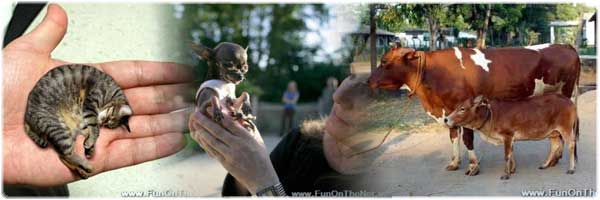 Laurent's fantastic and quirky perspective is always conveyed in his pictures. We've included in the collection the latest, recently created photo session of this photographer - about people who are not afraid to walk under the slope and have their own opinions.
Laurent's fantastic and quirky perspective is always conveyed in his pictures. We've included in the collection the latest, recently created photo session of this photographer - about people who are not afraid to walk under the slope and have their own opinions.


 1. Urea, a chemical compound that is a major component in urine, is used to add "flavor" to cigarettes.
1. Urea, a chemical compound that is a major component in urine, is used to add "flavor" to cigarettes. Some nutrition myths bounce around on crazy e-mail chain letters and pop up on goofy evening news reports. Others fuel the sale of rip-off diet books. Some are so accepted they seem hardwired into our brains. Take deep-fried foods, for example. They’re universally bad for you, right? Well, no. When we challenged ourselves to explore whether fried foods could be made healthy, we discovered that, when done properly, fried foods don’t have to be forever banished from a healthy diet.
Some nutrition myths bounce around on crazy e-mail chain letters and pop up on goofy evening news reports. Others fuel the sale of rip-off diet books. Some are so accepted they seem hardwired into our brains. Take deep-fried foods, for example. They’re universally bad for you, right? Well, no. When we challenged ourselves to explore whether fried foods could be made healthy, we discovered that, when done properly, fried foods don’t have to be forever banished from a healthy diet.
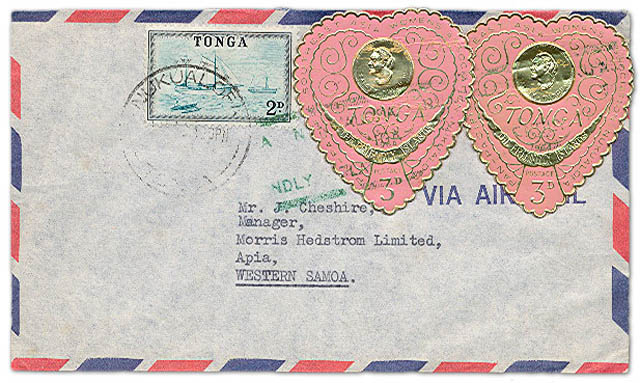
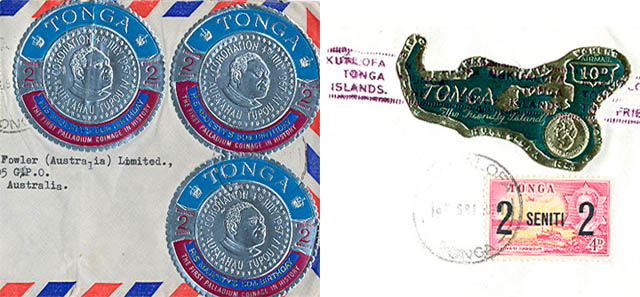
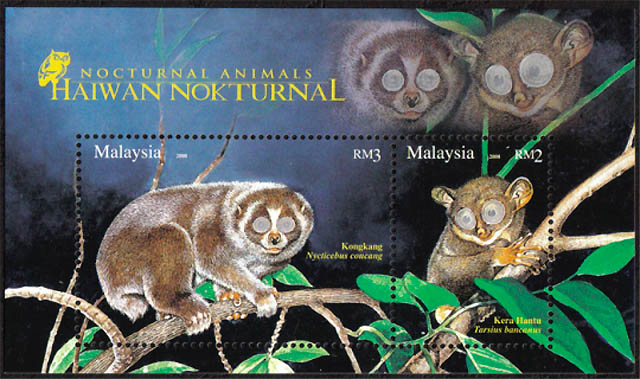
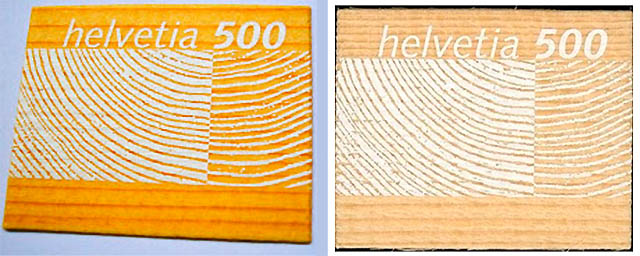
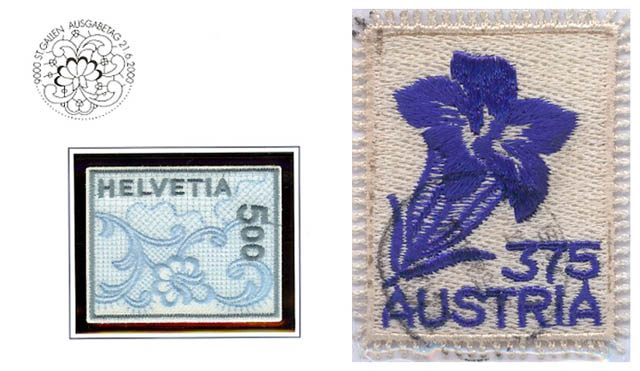
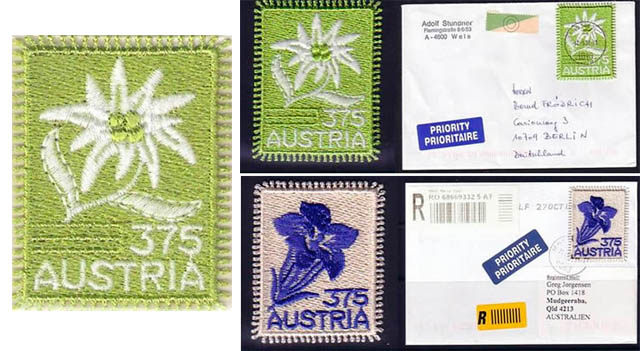
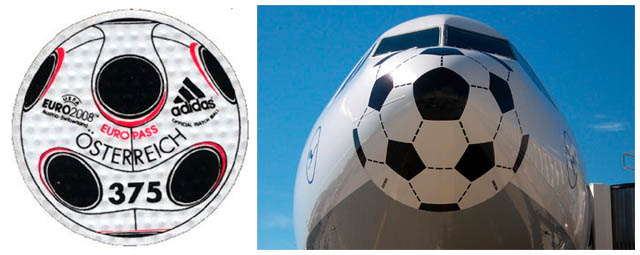
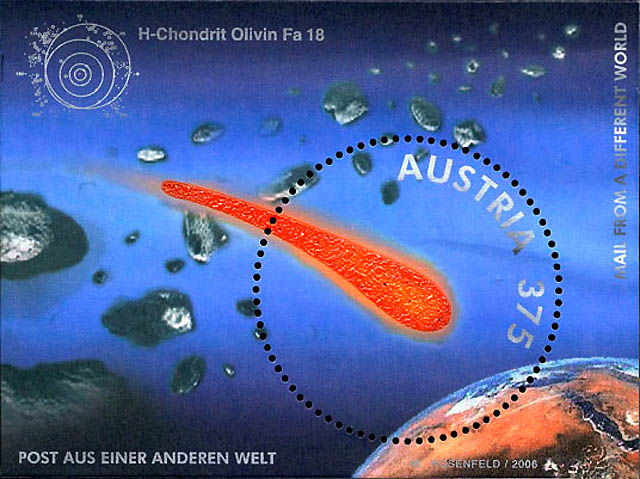



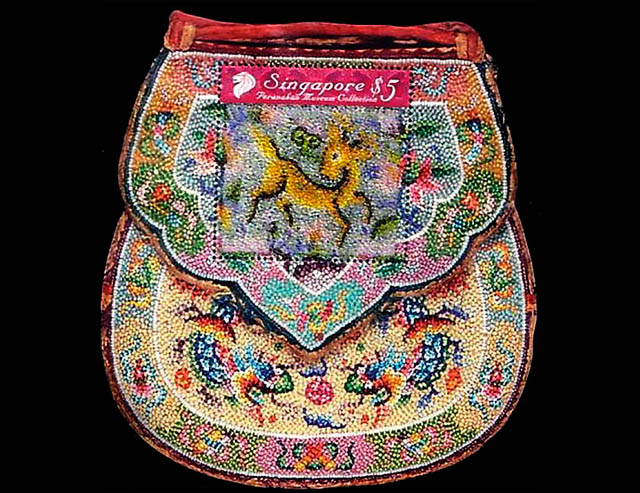
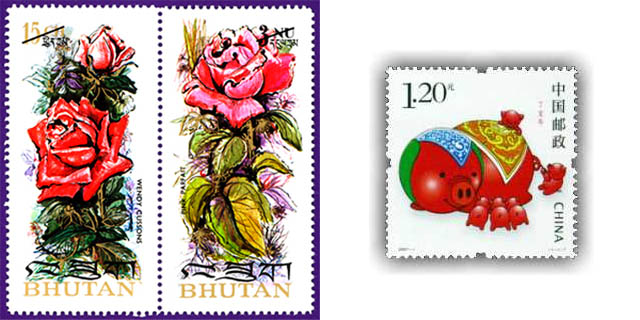


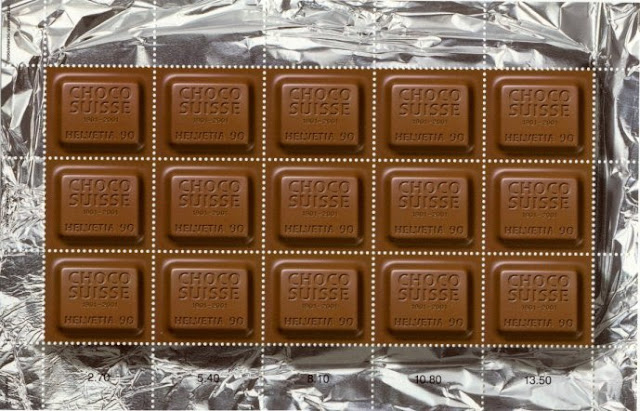
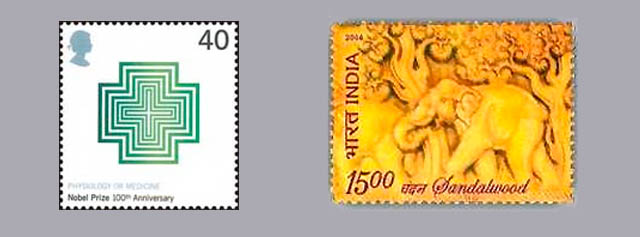


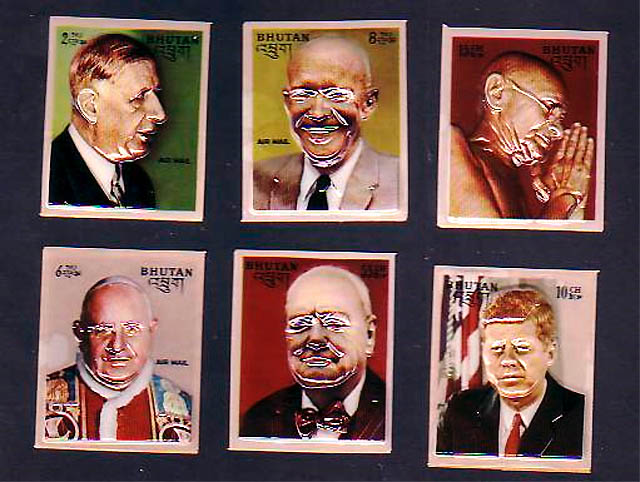

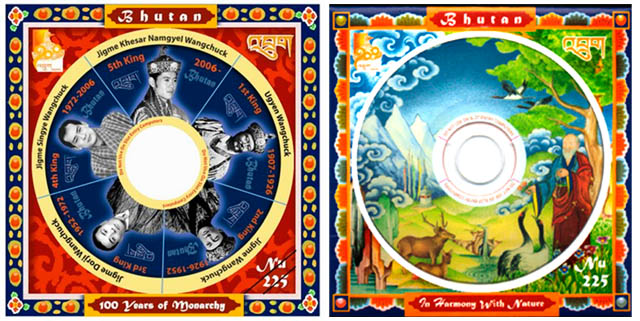

 CORAL roses imply desire.
CORAL roses imply desire.